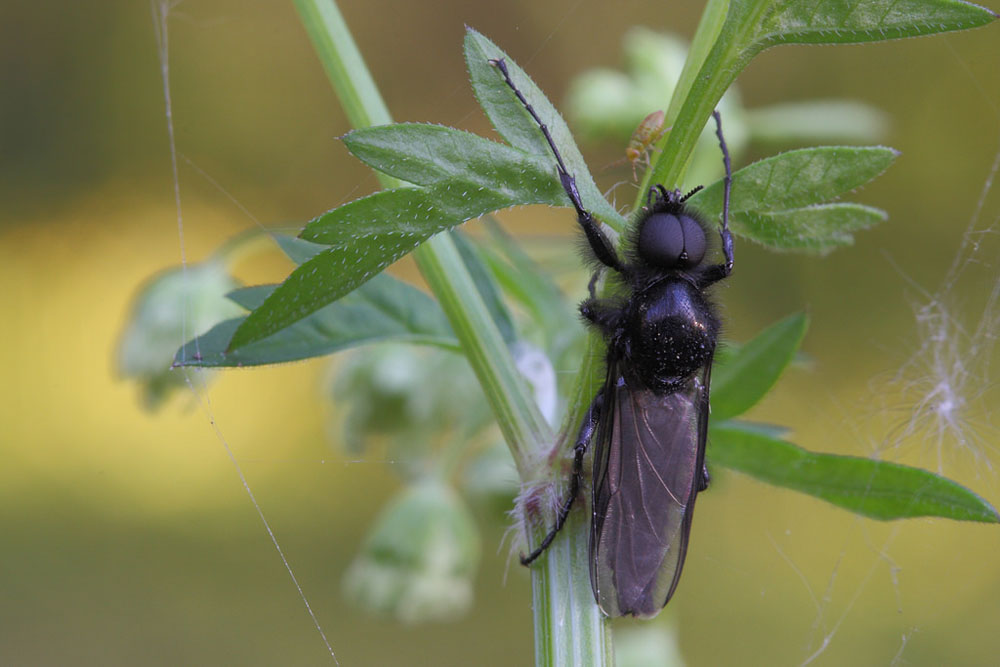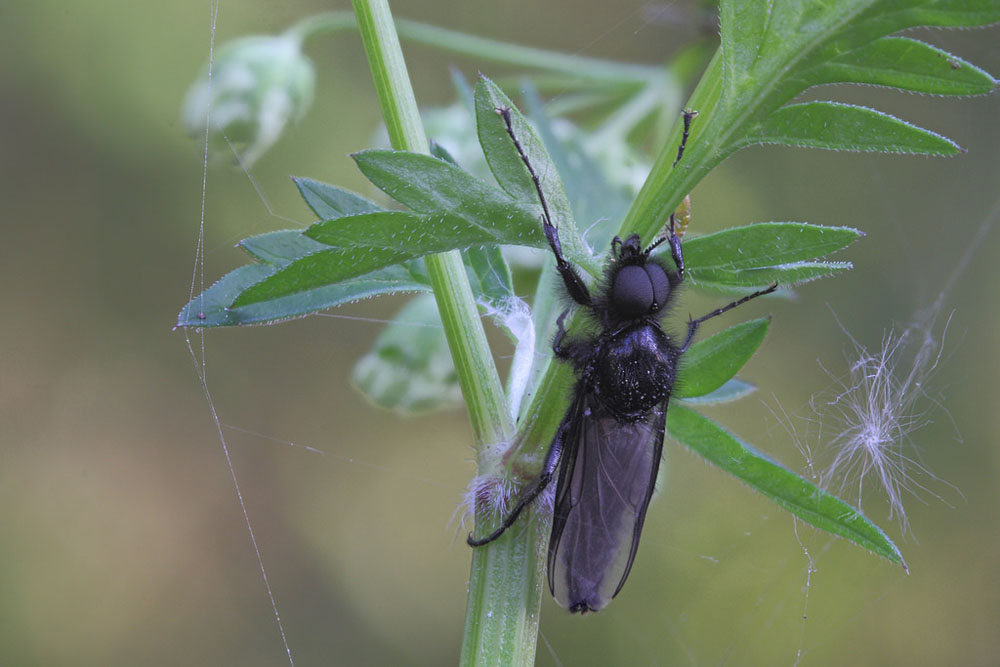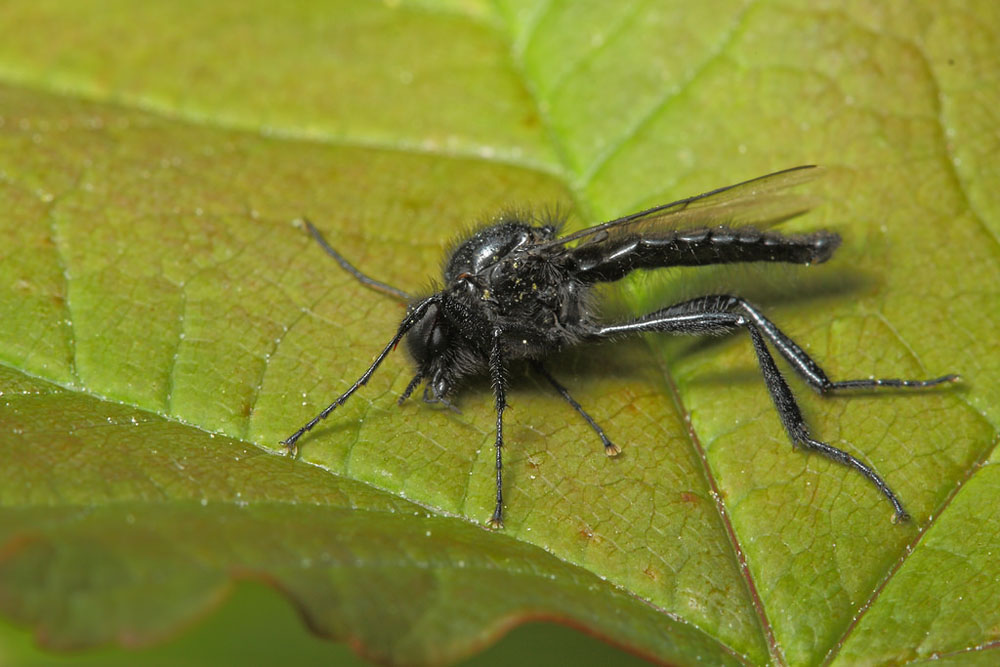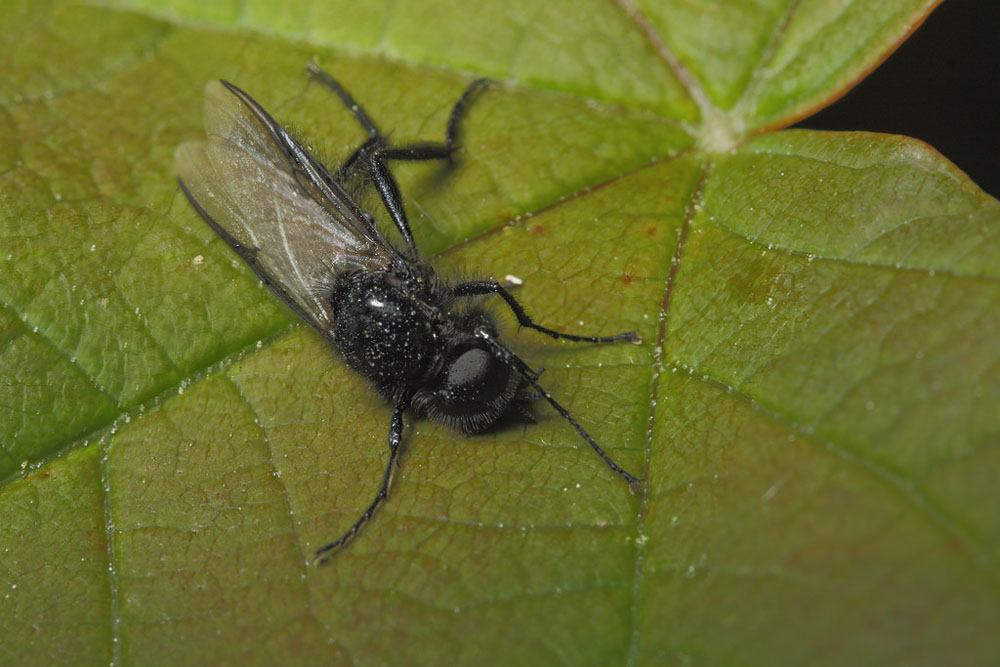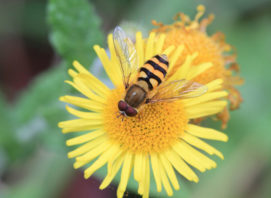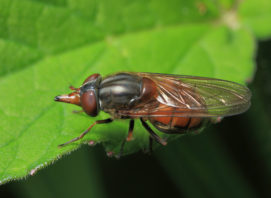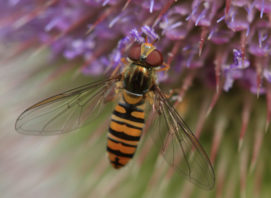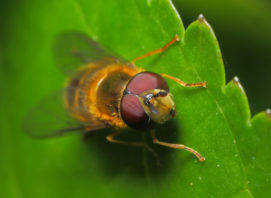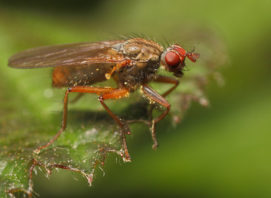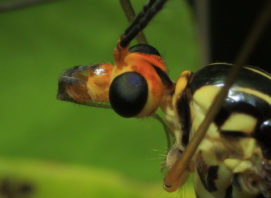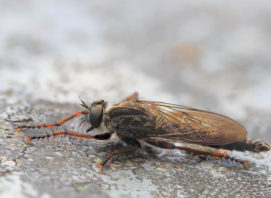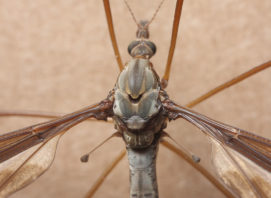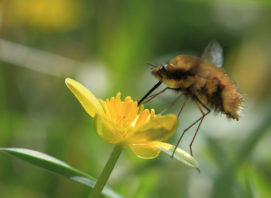St Mark’s Fly
It is known as the St Mark’s Fly because it appears at or about St Mark’s day, at the end of April. The flies settle on vegetation and flowers, and fly off slowly, trailing their legs, if disturbed. Their favoured habitats include woodland margins, grassy roadsides, hedgebanks, especially where flowering hawthorn trees are present.
The body and the head are black and furry. The legs are black and robust, and the wings are completely clear. It feeds mainly in the larval stage, though nectar is taken by adults.
Category

